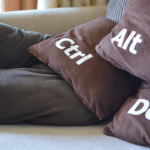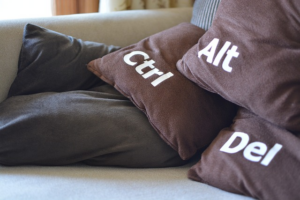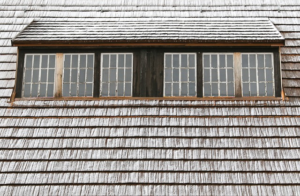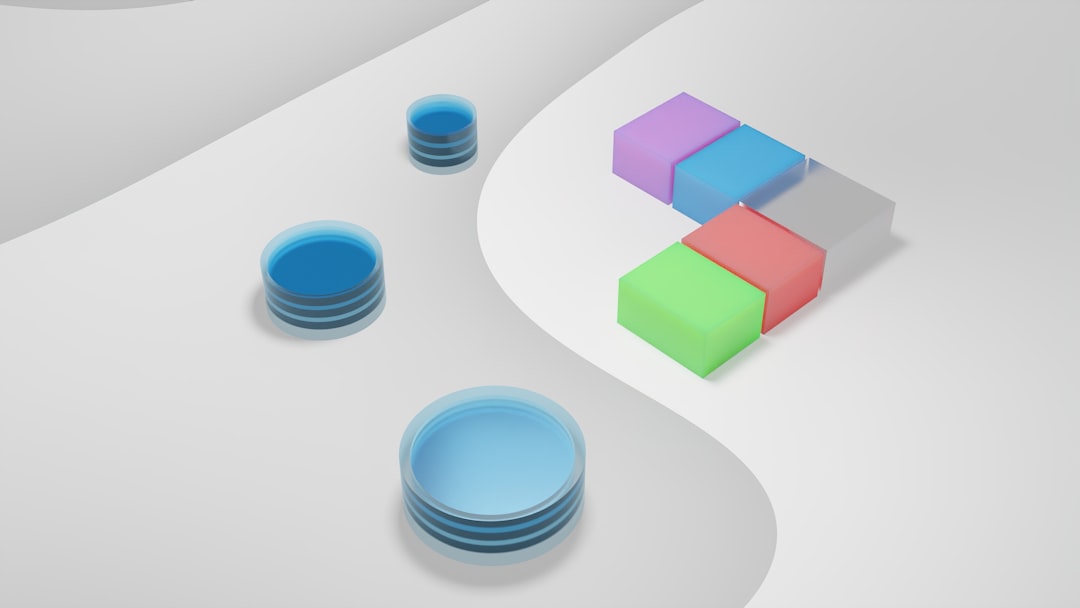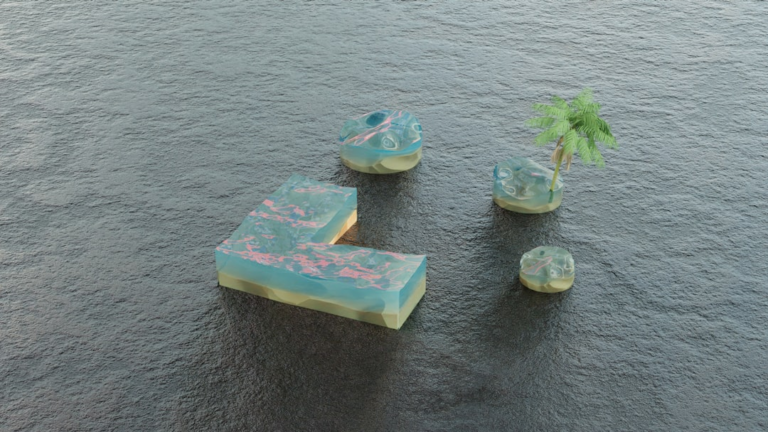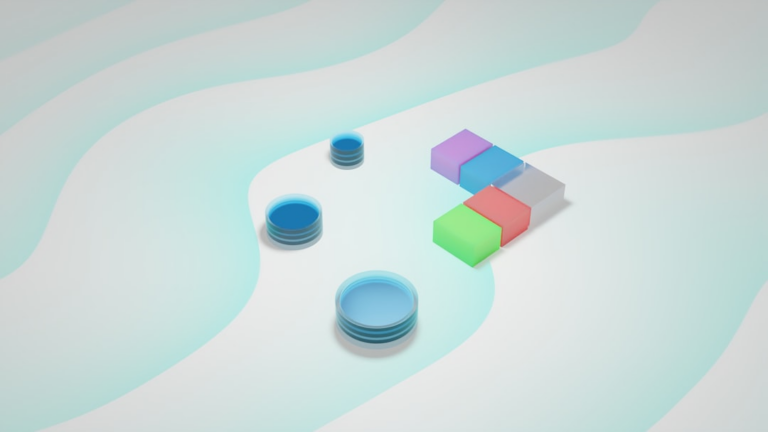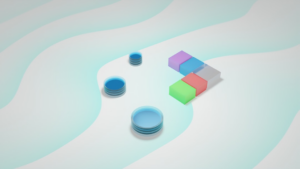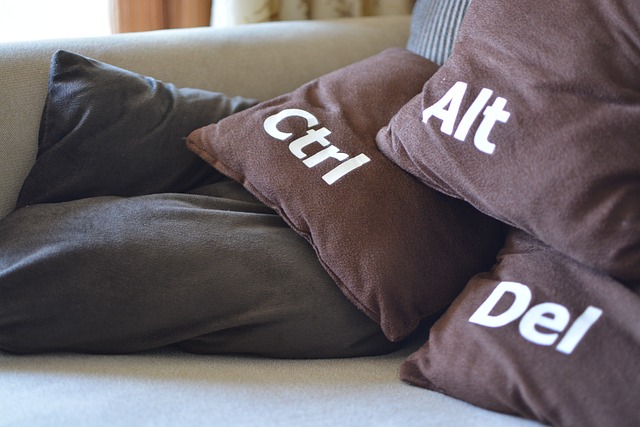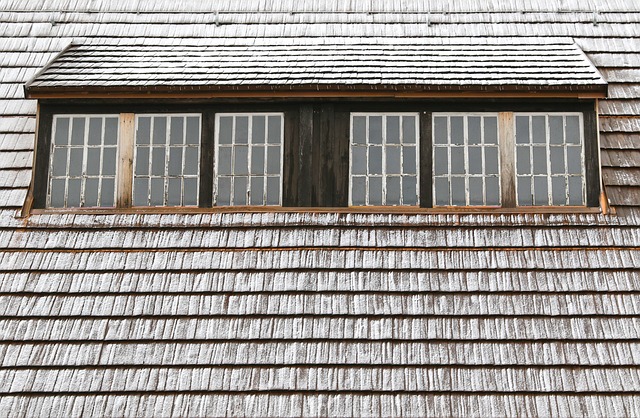Are you looking to enhance your Debian experience with a sleek and customizable desktop environment? Look no further than Debian KDE Plasma! In this article, we will delve into the world of Debian KDE Plasma and provide you with a step-by-step guide on how to install it, customize your desktop experience, and optimize performance for a seamless workflow. Whether you are a seasoned Linux user or a newcomer to the open-source community, these tips and tricks will help you get the most out of your Debian KDE Plasma setup. Let's unlock the full potential of your desktop together!
- 1. Installing Debian KDE Plasma: A Step-by-Step Guide
- 2. Customizing Your Debian KDE Plasma Desktop Experience
- 3. Optimizing Performance on Debian KDE Plasma
1. Installing Debian KDE Plasma: A Step-by-Step Guide
To install Debian KDE Plasma, follow these steps:
1. Download the Debian KDE Plasma ISO from the official Debian website.
2. Create a bootable USB drive using software like Rufus or Etcher.
3. Boot your system from the USB drive and select the option to install Debian KDE Plasma.
4. Follow the on-screen instructions to choose your language, timezone, keyboard layout, and disk partitioning scheme.
5. Select KDE Plasma as your desktop environment during the installation process.
6. Complete the installation by entering your desired username and password, and wait for the process to finish.
7. Once the installation is complete, restart your system and log in to Debian KDE Plasma with your credentials.
8. Customize your desktop environment according to your preferences by adjusting the settings and installing additional software as needed.
By following these steps, you can successfully install Debian KDE Plasma on your system and enjoy a robust and customizable desktop experience.
2. Customizing Your Debian KDE Plasma Desktop Experience
Customizing Your Debian KDE Plasma Desktop Experience
One of the great advantages of using Debian KDE Plasma as your desktop environment is the high level of customization it offers. With KDE Plasma, you have the ability to tailor your desktop experience to suit your preferences and workflow. From changing the look and feel of your desktop to adding widgets and customizing your panel layout, there are endless possibilities to make your Debian KDE Plasma desktop truly your own.
You can start by exploring the system settings menu, where you will find a multitude of options to personalize your desktop. Here, you can adjust everything from themes and fonts to desktop effects and animations. You can also customize your panel by adding or removing widgets, rearranging icons, and changing the size and position of the panel itself.
Another way to enhance your Debian KDE Plasma desktop experience is by installing additional plasma themes, icon packs, and widgets. There is a wide range of community-created and official KDE Plasma extensions available for download, allowing you to further customize the appearance and functionality of your desktop.
Overall, customizing your Debian KDE Plasma desktop is a fun and rewarding process that allows you to create a desktop environment that reflects your personal style and preferences. Whether you prefer a minimalist and streamlined setup or a more visually rich and interactive desktop, Debian KDE Plasma offers the flexibility and tools to make it happen.
3. Optimizing Performance on Debian KDE Plasma
When it comes to optimizing performance on Debian KDE Plasma, there are a few key strategies that users can implement to ensure their system runs smoothly and efficiently. One important step is to regularly update your system and all installed software packages. This not only ensures that you have the latest features and security patches but also helps in fixing any bugs or issues that may be causing performance slowdowns.
Another crucial aspect to consider is managing your system resources effectively. KDE Plasma can be resource-intensive, so it is important to monitor your system's memory and CPU usage. You can use system monitoring tools like KSysGuard to keep track of resource usage and close any unnecessary applications or processes that may be consuming too much of your system's resources.
Additionally, optimizing your system's startup and shutdown processes can also help in improving performance. You can disable unnecessary startup applications and services using the System Settings panel in KDE Plasma. This will help in reducing the time it takes for your system to boot up and shut down, resulting in a faster overall performance.
Furthermore, optimizing your desktop environment settings can also make a noticeable difference in performance. You can tweak settings such as desktop effects, animations, and window management to suit your preferences while ensuring optimal performance. Experimenting with different settings and finding the right balance between aesthetics and performance is key to getting the most out of your Debian KDE Plasma setup.
